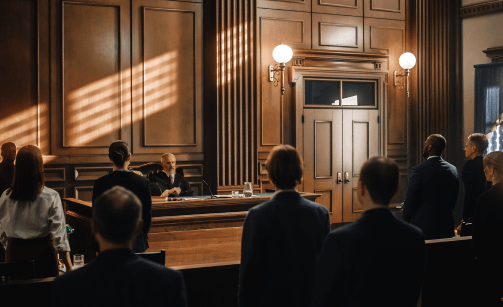Flying Drones and the Liability That Comes with It
So you got a drone or an expensive radio controlled airplane or helicopter for Christmas. These unmanned aerial vehicles (UAVs), as they are known officially, have grown in size and in capabilities on the years. They are fun but can be hard to control. Consequences and responsibility come with flying these air craft. People around the country are finding that out.
Rustin Smith, a civil litigation attorney with Stewart, Melvin & Frost, joins us this morning to talk about the consequences that come flying a drone in a public setting.
Stewart, Melvin & Frost is one of Northeast Georgia’s oldest and largest regional law firms and is widely respected as an “Uncommon Practice” – the firm features an experienced team of attorneys, each of whom is recognized as an expert in highly specialized areas of the law.
Question: Has the popularity and use of drones surpassed any operational regulations on the books?
Rustin: Yes, they have. Drones have been a hot tech topic since Amazon said they are working on drone delivery systems. Drones have become a popular gift for recreational use. I’ve never flown a drone but they look like a lot of fun. There are approved uses of UAVs such as law enforcement, firefighting, border patrol and disaster relief for example.
They are becoming a problem in some metro areas and you are hearing of more and more incidences. Recreational use of drones is covered by a FAA regulation, which generally limits operations for hobby and recreation drones to below 400 feet, away from airports and air traffic, and within sight of the operator. Not everyone follows these rules, which is why the FAA is working to overhaul them with a new set of rules it expects to propose within the next few weeks.
The FAA does restrict any unauthorized aircraft near airports and that’s where a lot of the problems are taking place. Also there have been injuries from drones crashing into people or crowds.
Question: In some cases, these are not small drones involved, right?
Rustin: There are some large drones flying out there. In a FAA report, a commercial pilot flying into New York City reported a black drone with a 10 to 15 foot wingspan flying at 5,500 feet. Another pilot reported a drone the size of a garbage can flying near his plane as he prepared to land in Los Angeles. There have been a few reported occurrences at the Atlanta airport, too.
In these situations, the operator is breaking FAA regulations by flying into a restricted airspace. They are also opening themselves up civil lawsuits if they caused passengers to be injured or damage to a plane.
Question: We’ve all seen video from drones flying over large public events. Is that a recipe for disaster?
Rustin: The majority of people who fly drones or radio-controlled aircraft don’t have a UAV capable of flying at 5,500 feet in the air. More accidents occur from people flying smaller drones over a crowded area. There have been several cases of note. A small drone flying in a parking lot at Bryant-Denny Stadium before an Alabama football game struck and injured a fan walking to the game.
In Key West, a small quadcopter drone was shooting video of Fourth of July fireworks and crashed into crowd on a pier, severely cutting a man on his arm and leg. In the last few weeks, a restaurant in New York hired a photographer and drone operator to fly a drone over customers’ tables and take their photo while they were dining. As you might guess, the drone crashed into a table of patrons.
The drone operators, the business and anyone associated with the stunt are opening themselves up to civil litigation. You could cause serious injury if you don’t control your drone or other UAV carefully whether it is at a public park or in a restaurant.
Questions: In Georgia, what law would apply if you were to injure someone with drone?
Rustin: This would fall under the state’s civil negligence law that applies to all physical and property damage claims. It is defined as the failure to exercise a certain degree of care in order to minimize the risk of injury to another person. Flying a drone and radio-controlled plane or helicopter in a situation that could lead to personal injury or property damage certainly falls into that category.


